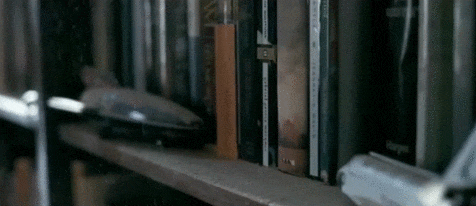The establishing shot tells the audience about the where and when of the story. Used to open a new scene, the establishing shot communicates several fundamental principles relevant to the story.
Introduce your Character | Set the tone | Grab Attention
Introducing the stage on which the scene will unfold is traditionally done through a still wide shot, however, introducing movement or zooms can help to guide your viewer what is important about this where and when. Maybe its the details in the room which are more important than the exact location on the map.

There is always room for creativity, youtuber Casey Neistat made his stories evolve around the establishing shots using the narrative components to weave his story together as he speeds through New York city. Using timelapses to communicate where in the city he is, in what time of day and even what season, they work as a red line not only through the individual episodes, but through his daily vlogs as a grander, thematic establishing arc. Exploring not only his visual sense for composition, but literally expressing the vastness and fast speed at which he travels through life.

Ideas
- Do our characters know where they are?
- Is there a clear location to establish – or are we in-between places?
- What do the colours in the location tell?
- What can we do with time of day?
- What is the history and/or Future of the location?
- How do we recognize the location (details)?
- What does the location mean to our main character, and to our audience? Are there prejudices?
- How do we interact with the location? Can the camera interact?
- Where is movement in the location (add visual interest)
- How does the location feel? What mood?
- How do we get to the location?
- What does the location smell like? What does it taste like? Sound like?